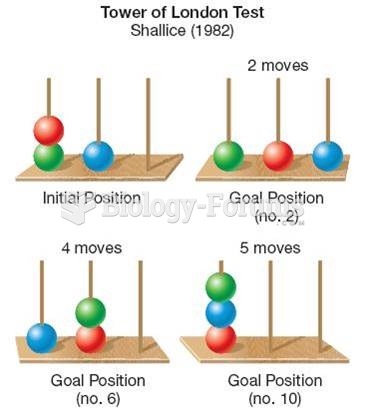Answer to Question 1
Carroll's model is a hierarchy composed of three strata. Stratum I includes many narrow, specific abilities (e.g., spelling ability, speed of reasoning). Stratum II includes various broad abilities (e.g., fluid intelligence, crystallized intelligence). And Stratum III is just a single general intelligence, much like Spearman's g factor. Of these strata, the most interesting is the middle stratum, which is neither too narrow nor too all encompassing. In addition to fluid intelligence and crystallized intelligence, Carroll includes in the middle stratum several other abilities. They are learning and memory processes, visual perception, auditory perception, facile production of ideas (similar to verbal fluency), and speed (which includes both sheer speed of response and speed of accurate responding). Carroll's model is probably the most widely accepted of the psychometric models.
Answer to Question 2
Charles Spearman (18631945) is credited with inventing factor analysis. Using factor-analytic studies, Spearman concluded that intelligence can be under- stood in terms of two kinds of factors. A single general factor pervades performance on all tests of mental ability. A set of specific factors is involved in performance on only a single type of mental-ability test (e.g., arithmetic computations). In Spearman's view, the specific factors are of only casual interest because of the narrow applicability of these factors. To Spearman, the general factor, which he labeled the g factor, provides the key to understanding intelligence. Spearman believed g to be the result of mental energy.. Many psychologists still believe Spearman's theory to be essentially correct.







